Artist Index
A - B - C - D - E - F - G - H - I - J - K - L - M
N - O - P - Q - R - S - T - U - V - W - X - Y - Z
Pieter Bruegel the elder
Paintings
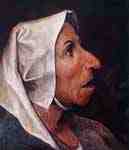
Old peasant woman
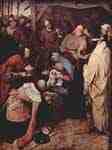
Adoration of the Magi
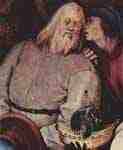
Adoration of the Magi , detail
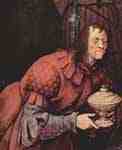
Adoration of the Magi , detail
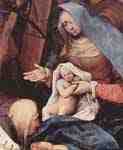
Adoration of the Magi , detail
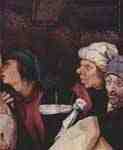
Adoration of the Magi , detail
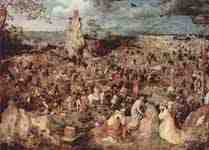
Ascent to Calvary
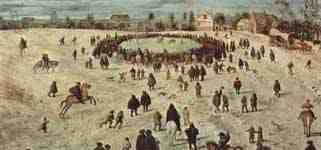
Ascent to Calvary, Detail
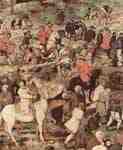
Ascent to Calvary, Detail
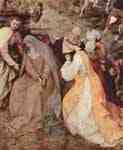
Ascent to Calvary, Detail
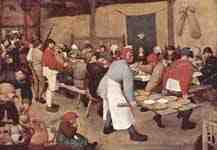
Peasant Wedding
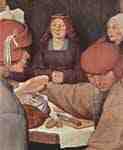
Peasant Wedding , Detail
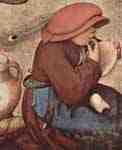
Peasant Wedding , Detail
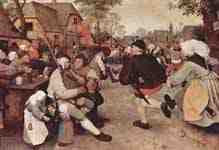
Peasant Dance
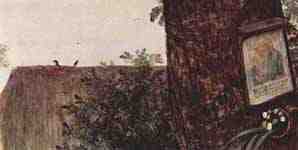
Peasant Dance , detail
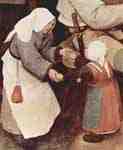
Peasant Dance , detail
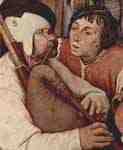
Peasant Dance , detail
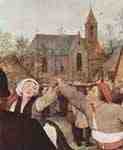
Peasant Dance , detail
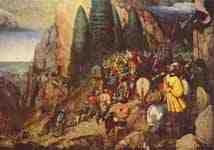
Conversion of St Paul
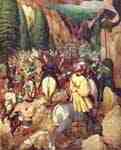
Conversion of Saint Paul, Detail
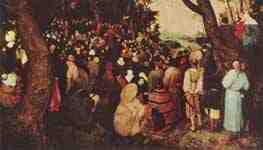
Penitential sermon of John
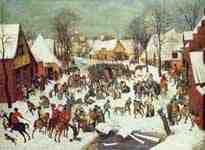
The Massacre of the Innocents
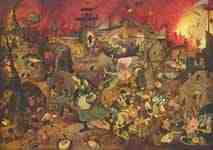
The Dulle Griet ( The great Grete), Mad Meg
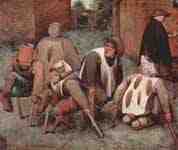
The cripple
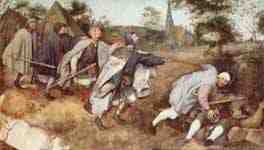
The parable of the blind
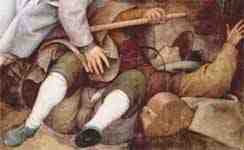
The parable of the blind , detail
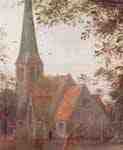
The parable of the blind , detail
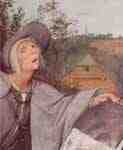
The parable of the blind , detail
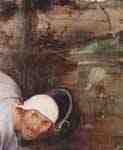
The parable of the blind , detail
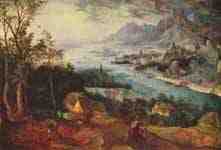
River Landscape with a Sower
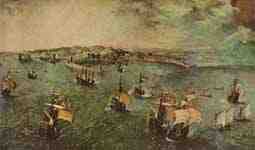
Port of Naples
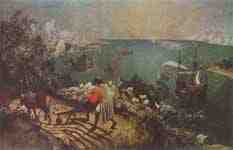
Landscape with the Fall of Icarus
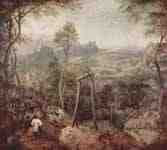
Landscape with gallows (dance under the gallows )
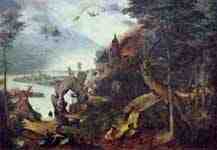
Landscape And Temptation of St. Anthony
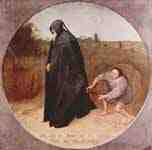
Misanthrope
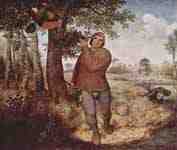
The Peasant and the Nest Robber
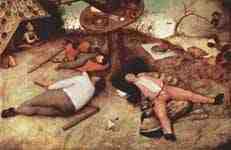
Cockaigne
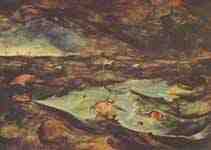
Sea Storm
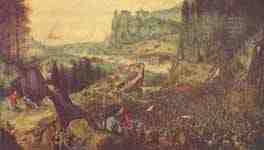
Suicide of Saul
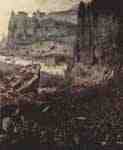
Suicide of Saul, Detail
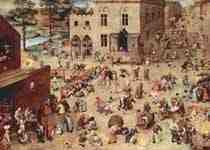
The children's games
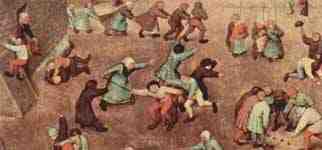
The children's games , detail
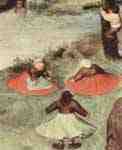
The children's games , detail
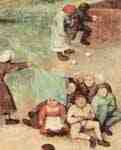
The children's games , detail
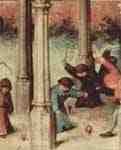
The children's games , detail
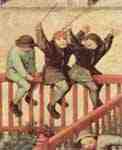
The children's games , detail
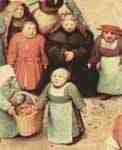
The children's games , detail
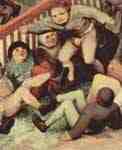
The children's games , detail
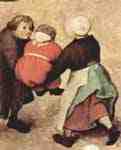
The children's games , detail
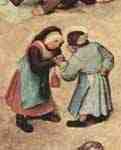
The children's games , detail
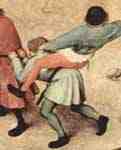
The children's games , detail
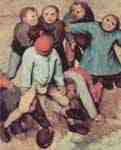
The children's games , detail
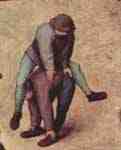
The children's games , detail
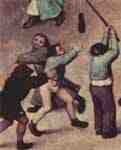
The children's games , detail
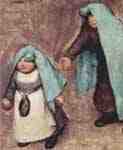
The children's games , detail
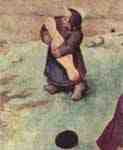
The children's games , detail
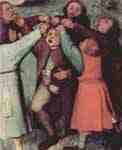
The children's games , detail
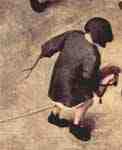
The children's games , detail
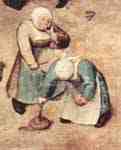
The children's games , detail
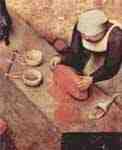
The children's games , detail
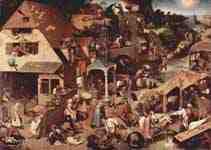
The Dutch Proverbs
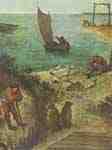
The Dutch Proverbs , detail
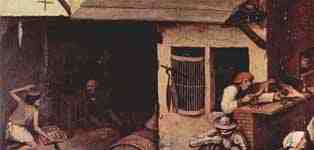
The Dutch Proverbs , detail
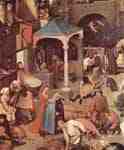
The Dutch Proverbs , detail
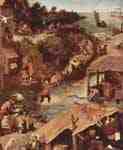
The Dutch Proverbs , detail
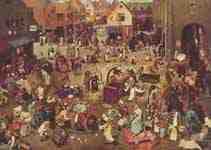
Dispute Between Carnival and Lent
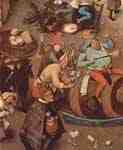
Dispute Between Carnival and Lent, Detail
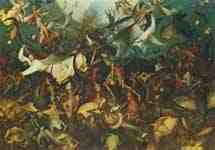
Fall of the angels
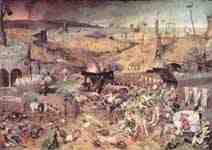
Triumph of Death
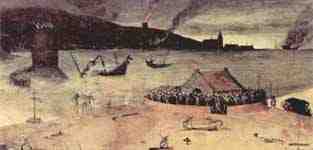
The Triumph of Death , detail
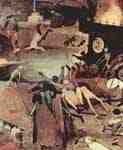
The Triumph of Death , detail
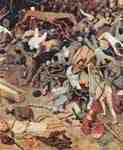
The Triumph of Death , detail
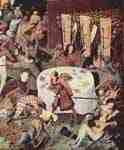
The Triumph of Death , detail
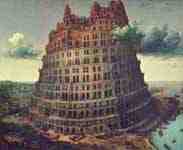
Tower of Babel
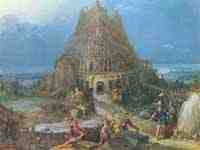
Tower of Babel
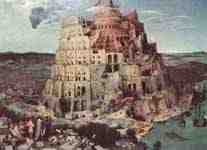
Tower of Babel
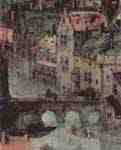
Tower of Babel, Detail
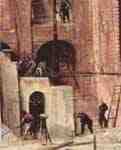
Tower of Babel, Detail
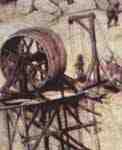
Tower of Babel, Detail
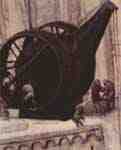
Tower of Babel, Detail
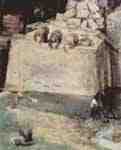
Tower of Babel, Detail
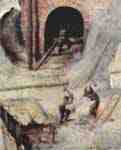
Tower of Babel, Detail
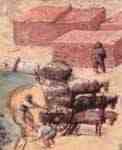
Tower of Babel, Detail
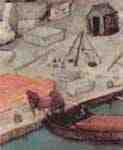
Tower of Babel, Detail
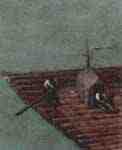
Tower of Babel, Detail
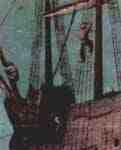
Tower of Babel, Detail
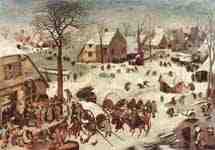
Census at Bethlehem
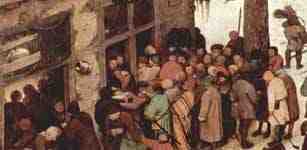
The Census at Bethlehem, Detail
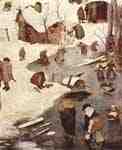
The Census at Bethlehem, Detail
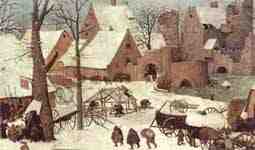
The Census at Bethlehem, Detail
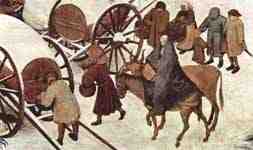
The Census at Bethlehem, Detail
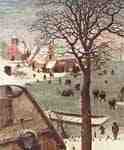
The Census at Bethlehem, Detail
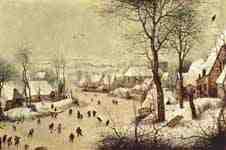
Winter Landscape with Skaters
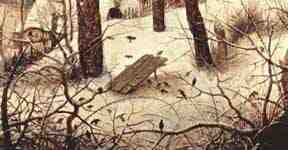
Winter Landscape with Skaters , detail
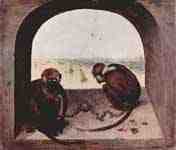
Two Monkeys
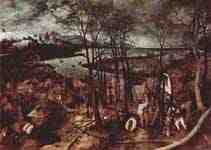
The Gloomy Day ( February or March )
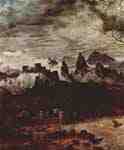
The Gloomy Day ( February or March ) , detail
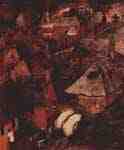
The Gloomy Day ( February or March ) , detail
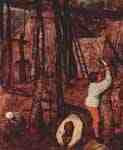
The Gloomy Day ( February or March ) , detail
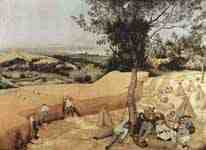
The grain harvest month ( August)
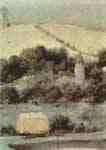
The grain harvest month ( August) , detail
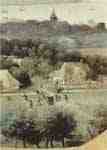
The grain harvest month ( August) , detail
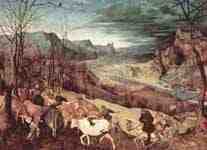
Return of the Herd ( October or November )
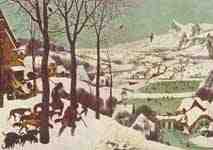
Cycle of the month pictures scene: Hunters in the Snow ( January )
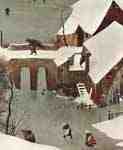
Hunters in the Snow ( January ) , detail
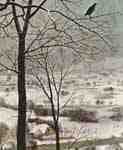
Hunters in the Snow ( January ) , detail
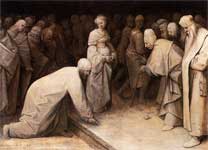
Christ and the Woman Taken in Adultery
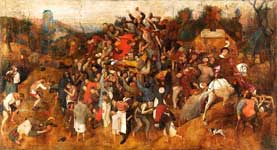
The Wine of Saint Martin's Day
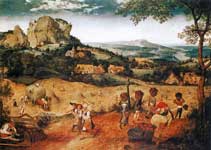
The Hay Harvest
Drawings
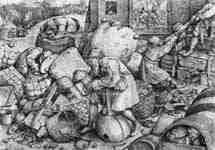
» Elck (Everyone) and Nemo Nobody "
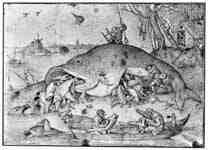
" Big fish eat the little ones "

Alps
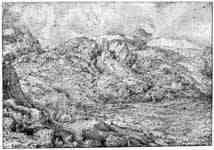
Alpine landscape
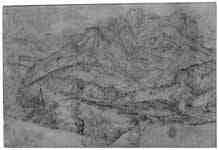
Alpine landscape
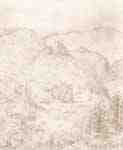
Alpine landscape
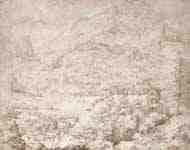
Alpine landscape
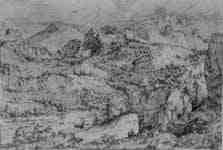
Alpine landscape with Artist
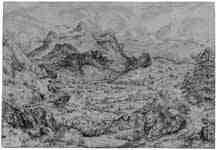
Alpine landscape with mules
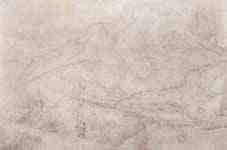
Alpine Landscape
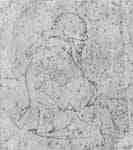
Old peasant woman in profile
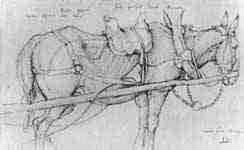
Mule
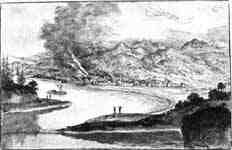
View of Reggio
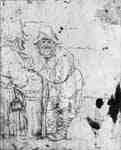
Farmer and his wife

Peasant woman in profile

Farmer with hoe and basket

Peasant woman with milk pot
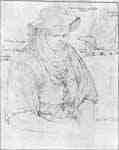
Peasant Woman and back figure

Farm boy , back figure
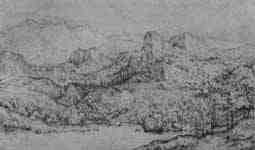
Mountainous landscape
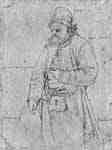
Miner
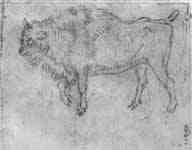
Buffalo
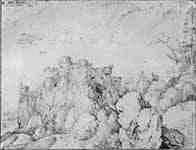
Castle in mountainous area
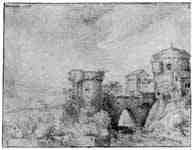
Castle with round towers , behind a river
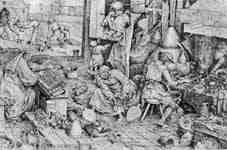
The Alchemist

The Blind Beggar
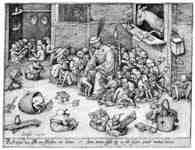
The donkey in the school
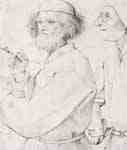
The painter and art connoisseurs

The painter and art connoisseurs
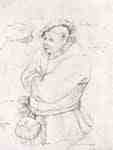
The horse dealer

The pilgrim
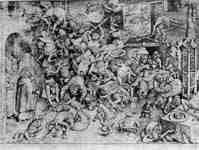
The Fall of the Magician
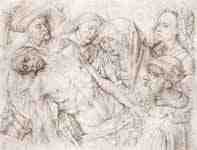
The Lamentation
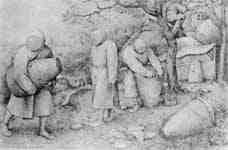
The beekeepers
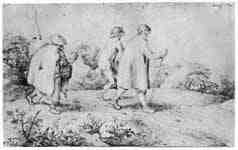
The blind
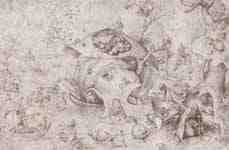
The Temptation of St. Anthony
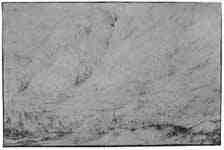
The two mountain giants
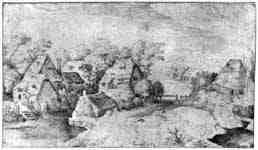
village landscape
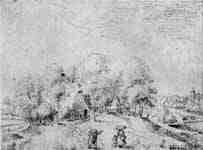
Village landscape with peasant family
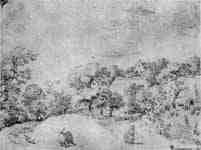
Village landscape with peasant family
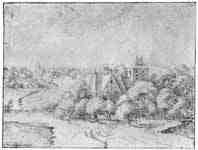
Village landscape with church in foreground
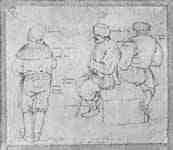
Three farmers
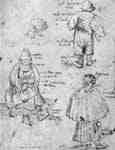
Three farmers and the sketch of a hat
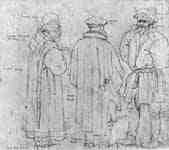
Three citizens
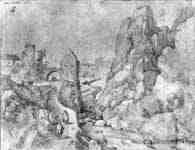
Rocky landscape with castle and riders
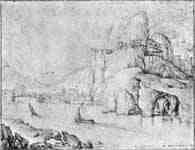
rocky River Landscape
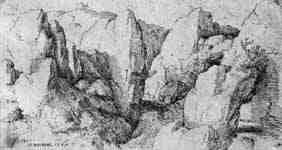
rocky area
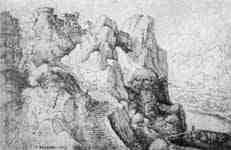
Rocky area with castle and river valley
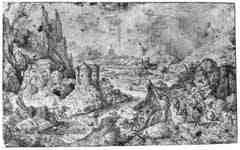
Rocky Landscape with Castle
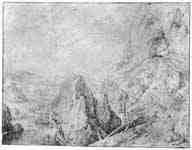
Rocky landscape with narrow path
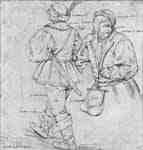
Figure study
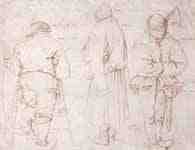
Figure studies , left: cripple , right: Soldier
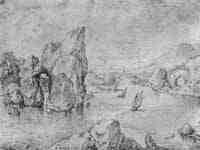
River landscape with sailboat
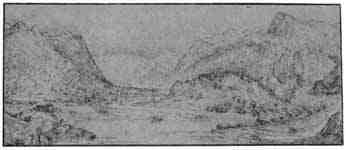
river valley
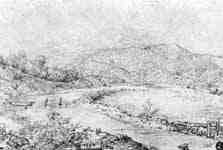
River valley with mountain in background
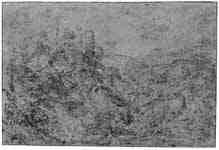
mountain gorge
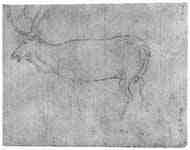
Deer
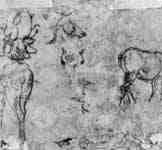
Deer studies
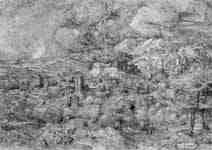
Landscape with fortified city
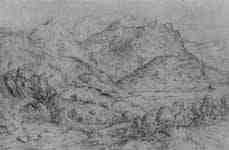
Landscape with mountain range
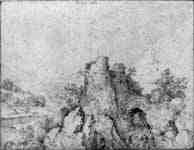
Landscape with castle ruins and rock arch
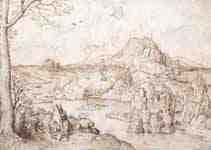
landscape
Landscape with river and mountains
Landscape with river valley and mountains
Landscape with St. Jerome
Landscape with a monastery at the foot of a mountain
Landscape with castle on rock
Marine landscape
Market woman
horse study
Riders and two horses
Ripa Grande , Rome
Back view of a citizen
Back view of a citizen
Back figure of a peasant woman with basket
Background figure with big hat
Ruins and chapel on rocks
Sleeping Bauer , sitting
Seated Peasant Woman
Sitting Bauer, a basket holding
Seated farmer and farmer's wife standing with basket
sitting citizens
Sitting citizens and cripple
Sitting and standing Bauer
Sunrise in the valley
Studies of three farmers
study sheet
Study Journal , The Shepherd
study sheet
study sheet
Stormy Sea
Towers and gates of Amsterdam
Towers and gates of Amsterdam
Towers and gates of Amsterdam
crippled beggar
crippled beggar
Drawing for " the Four Seasons " : Spring
Drawing for " the Four Seasons " : Summer
Drawing for " Last successes " : The Last Judgement
Drawing for " Last successes " : avarice ( Avaritia )
Drawing for " Last successes " : Pride ( Superbia )
Drawing for " Last successes " : Envy ( Invidia )
Drawing for " Last successes " : inertia ( Desidia , acedia )
Drawing for " Last successes " : unchastity ( Luxuria )
Drawing for " Last successes " : intemperance ( Gula )
Drawing for " Last successes " : Anger ( Ira )
Drawing on "virtue Series " : Christ in Limbo
Drawing on "virtue Series " : Justice ( Justitia )
Drawing on "virtue Series " : Faith (Fides )
Drawing on "virtue Series " : Hope ( Spes )
Drawing on "virtue Series " : Wisdom ( Prudence )
Drawing on "virtue Series " : love (Caritas )
Drawing on "virtue Series " : Temperance ( Temperance )
Drawing on "virtue Series " : starch ( Fortitude )
audience
Two farmers
Two farmers , profile and Rückenfigur
Two citizens , back figures
Two citizens , back figures
Two wood chipper , back figures
Two men in festive dress
Two market women
Two market women
Two rabbis
Two Seated Old
Two sitting female farmers , back view
Illustrations
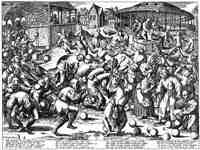
The Feast of Fools
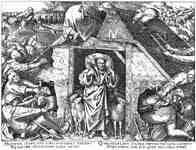
The Parable of the Good Shepherd
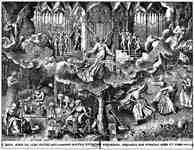
The parable of the virgins
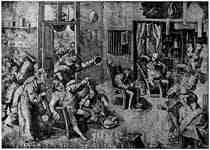
The senior officers of Ronse
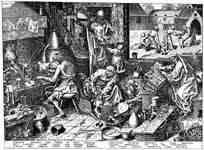
The Alchemist
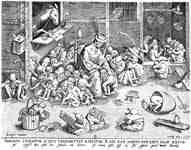
The donkey in the school
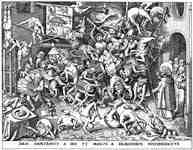
The case of the magician
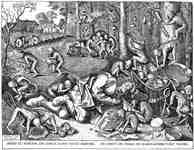
The trader and the monkeys
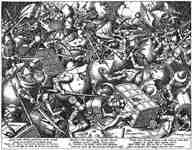
The battle of the piggy banks with the money doses
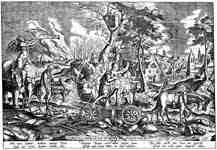
The Triumph of Time
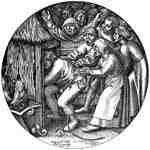
The drunkard in the pigsty
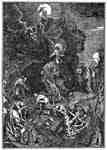
The Resurrection
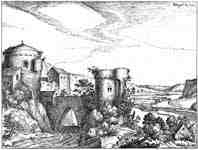
The fortress on a rock
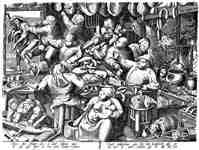
The Fat Kitchen
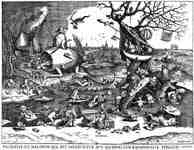
The patience
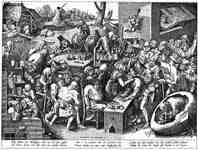
The Witch of Malleghem
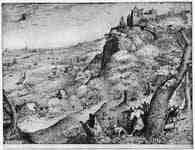
The hunt for the wild hare
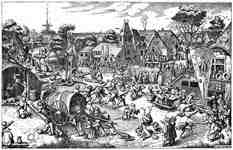
The fair at St. Georges
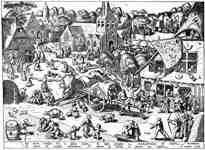
The fair of Hoboken
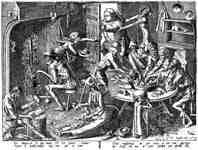
The lean cuisine
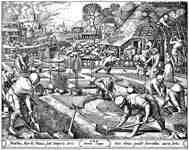
The Four Seasons , Spring
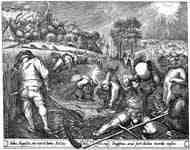
The Four Seasons , Summer
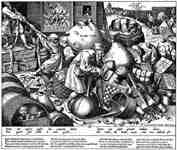
Elck (Everyone) and Nemo (No one )
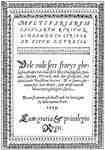
Series of the "little landscapes "
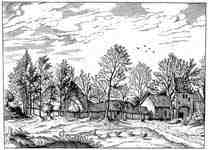
Series of the "little landscapes "
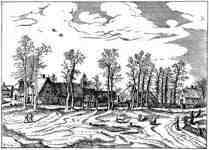
Series of the "little landscapes "
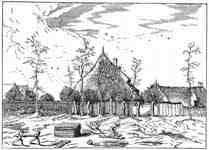
Series of the "little landscapes "
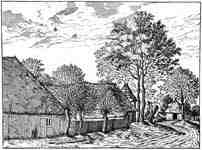
Series of the "little landscapes "
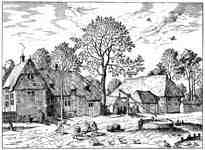
Series of the "little landscapes "
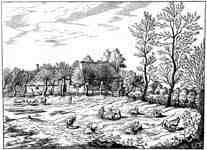
Series of the "little landscapes "
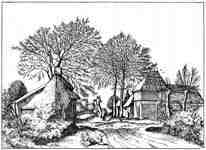
Series of the "little landscapes "
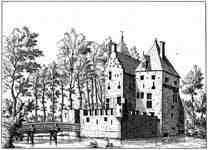
Series of the "little landscapes "
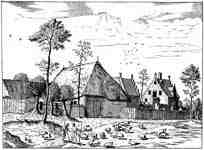
Series of the "little landscapes "
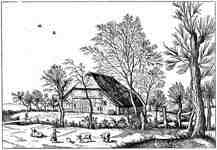
Series of the "little landscapes "
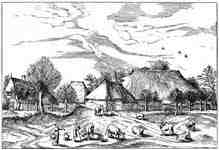
Series of the "little landscapes "
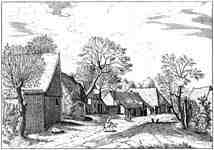
Series of the "little landscapes "
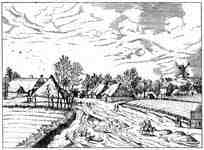
Series of the "little landscapes "
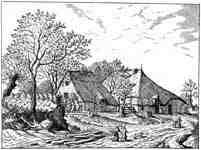
Series of the "little landscapes "
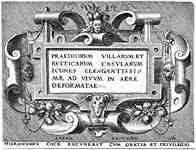
Series of the "little landscapes "
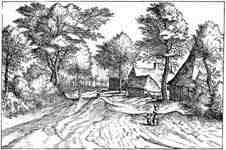
Series of the "little landscapes "
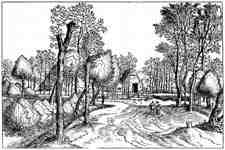
Series of the "little landscapes "
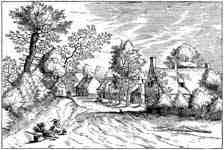
Series of the "little landscapes "
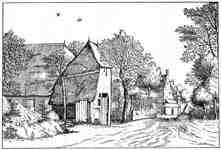
Series of the "little landscapes "
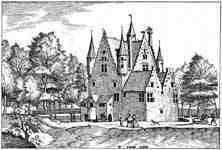
Series of the "little landscapes "
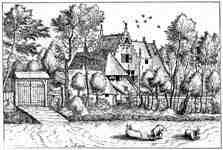
Series of the "little landscapes "
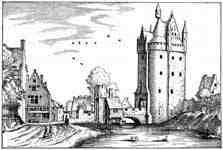
Series of the "little landscapes "
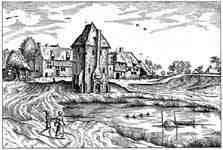
Series of the "little landscapes "
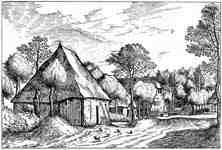
Series of the "little landscapes "
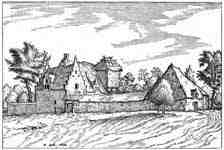
Series of the "little landscapes "
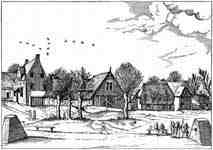
Series of the "little landscapes "
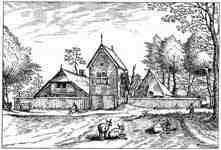
Series of the "little landscapes "
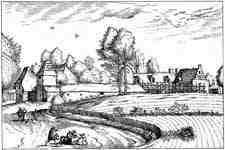
Series of the "little landscapes "
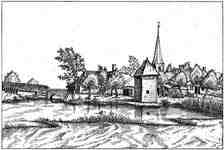
Series of the "little landscapes "
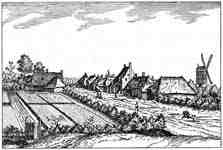
Series of the "little landscapes "
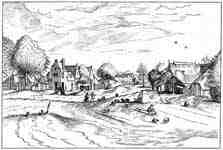
Series of the "little landscapes "
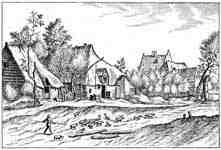
Series of the "little landscapes "
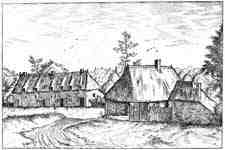
Series of the "little landscapes "
Series of the "little landscapes "
Series of the "little landscapes "
Series of the "little landscapes "
Series of the "little landscapes "
Series of the "little landscapes "
Series of the "little landscapes "
Series of the "little landscapes "
Series of the "little landscapes "
Series of the "little landscapes "
Series of the "little landscapes "
Series of the "little landscapes "
Series of the "little landscapes "
Series of the " vices "
Series of the " vices "
Series of the " vices "
Series of the " vices "
Series of the " vices "
Series of the " vices "
Series of the " vices "
Series of the " vices "
Series of the " marine ships "
Series of the " marine ships "
Series of the " marine ships "
Series of the " marine ships "
Series of the " marine ships "
Series of the " marine ships "
Series of the " marine ships "
Series of the " marine ships "
Series of the " marine ships "
Series of the " marine ships "
Series of the "pilgrimage of epileptics "
Series of the "pilgrimage of epileptics "
Series of the "pilgrimage of epileptics "
Series of the "virtues"
Series of the "virtues"
Series of the "virtues"
Series of the "virtues"
Series of the "virtues"
Series of the "virtues"
Series of the "virtues"
Series of the "virtues"
Series of the "Twelve Proverbs "
Series of the "Twelve Proverbs "
Series of the "Twelve Proverbs "
Series of the "Twelve Proverbs "
Series of the "Twelve Proverbs "
Series of the "Twelve Proverbs "
Series of the "Twelve Proverbs "
Series of the "Twelve Proverbs "
Series of the "Twelve Proverbs "
Series of the "Twelve Proverbs "
Series of the "Twelve Proverbs "
Series of the "Twelve Proverbs "
Series of the "Twelve large landscapes "
Series of the "Twelve large landscapes "
Series of the "Twelve large landscapes "
Series of the "Twelve large landscapes "
Series of the "Twelve large landscapes "
Series of the "Twelve large landscapes "
Series of the "Twelve large landscapes "
Series of the "Twelve large landscapes "
Series of the "Twelve large landscapes "
Series of the "Twelve large landscapes "
Series of the "Twelve large landscapes "
Large alpine landscape
Big fish eat the little ones
St. James the Elder . and Hermogenes
Hill above a river
Jesus and the adulteress
On the road to Emmaus
Carnival scene , two fools
Carnival scene
Landscape with the Fall of Icarus
Landscape with Psyche and Mercury
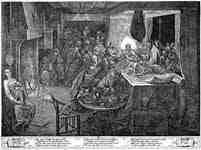
Death of the Virgin
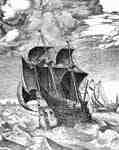
Marine vessels , sailing ship
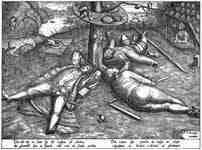
Cockaigne
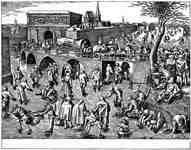
Ice Skating at St. George before the gates of Antwerp
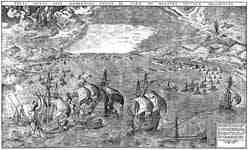
Battle
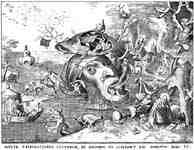
The Temptation of St. Anthony
Buy Fine Art Prints | Greeting Cards | iPhone Cases
Pieter Bruegel the Elder (c. 1525 – 9 September 1569) was a Netherlandish Renaissance painter and printmaker known for his landscapes and peasant scenes (Genre Painting). He is sometimes referred to as "Peasant Bruegel" to distinguish him from other members of the Brueghel dynasty, but is also the one generally meant when the context does not make clear which "Bruegel" is being referred to. From 1559 he dropped the 'h' from his name and started signing his paintings as Bruegel.
Life
There are records that he was born in Breda, Netherlands, but it is uncertain whether the Dutch town of Breda or the Belgian town of Bree, called Breda in Latin, is meant. He was an apprentice of Pieter Coecke van Aelst, whose daughter Mayken he later married. He spent some time in France and Italy, and then went to Antwerp, where in 1551 he was accepted as a master in the painter's guild. He traveled to Italy soon after, and then returned to Antwerp before settling in Brussels permanently 10 years later. He received the nickname 'Peasant Bruegel' or 'Bruegel the Peasant' for his alleged practice of dressing up like a peasant in order to mingle at weddings and other celebrations, thereby gaining inspiration and authentic details for his genre paintings. He died in Brussels on 9 September 1569 and was buried in the Kapellekerk. He was the father of Pieter Brueghel the Younger and Jan Brueghel the Elder. Both became painters, but as they were very young children when their father died, it is believed neither received any training from him. According to Carel van Mander, it is likely that they were instructed by their grandmother Mayken Verhulst van Aelst, who was also an artist.
Style
In Bruegel's later years he painted in a simpler style than the Italianate art that prevailed in his time. The most obvious influence on his art is the older Dutch master Hieronymus Bosch, particularly in Bruegel's early "demonological" paintings such as The Triumph of Death and Dulle Griet (Mad Meg). It was in nature, however, that he found his greatest inspiration as he is identified as being a master of landscapes. It was in these landscapes that Bruegel created a story, seeming to combine several scenes in one painting. Such works can be seen in The Fall of the Rebel Angels and the previously mentioned The Triumph of Death.
Themes
Bruegel specialized in genre paintings populated by peasants, often with a large landscape element, but also painted religious works. Making the life and manners of peasants the main focus of a work was rare in painting in Brueghel's time, and he was a pioneer of the Netherlandish genre painting. His earthy, unsentimental but vivid depiction of the rituals of village life—including agriculture, hunts, meals, festivals, dances, and games—are unique windows on a vanished folk culture and a prime source of iconographic evidence about both physical and social aspects of 16th century life. For example, the painting Netherlandish Proverbs illustrates dozens of then-contemporary aphorisms (many of them still in use in current Dutch or Flemish), and Children's Games shows the variety of amusements enjoyed by young people. His winter landscapes of 1565 (e.g. Hunters in the Snow) are taken as corroborative evidence of the severity of winters during the Little Ice Age.
Using abundant spirit and comic power, he created some of the early images of acute social protest in art history. Examples include paintings such as The Fight Between Carnival and Lent (a satire of the conflicts of the Reformation)[citation needed] and engravings like The Ass in the School and Strongboxes Battling Piggybanks. On his deathbed he reportedly ordered his wife to burn the most subversive of his drawings to protect his family from political persecution.[1]
References in other works
* His painting Landscape with the Fall of Icarus is the subject of the poem "Musée des Beaux Arts" by W.H. Auden.
* Bruegel's work plays prominently in Don DeLillo's 1997 novel Underworld (DeLillo novel). In the prologue, titled "The Triumph of Death" and set at the 1951 baseball game between the Giants and the Dodgers in which Bobby Thomson hit the so-called "Shot Heard 'Round the World", a reproduction of the eponymous painting (c. 1562) floats down into J. Edgar Hoover's hands amidst a celebratory hailstorm of loose bits of paper and other pieces of trash after the home run. Later in the novel, the concepts of death and play (activity) are compared with one another as the character Albert Bronzini discusses another Bruegel painting, Children's Games (1560): "I don't know what art history says about this painting. But I say it's not that different from the other famous Bruegel, armies of death marching across the landscape. The children are fat, backward, a little sinister to me. It's some kind of menace, some folly. Kinderspielen. They look like dwarves doing something awful" (U 682).
* Michael Frayn's 1999 novel Headlong concerns the possible discovery of the missing painting from The Months series.
Works
There are about 45 authenticated surviving paintings, one-third of which are in the Kunsthistorisches Museum in Vienna. A number of others are known to have been lost. There are a large number of drawings. Brueghel only etched one plate himself, The Rabbit Hunt, but designed many engravings and etchings, mostly for the Cock publishing house.
Landscape with the Fall of Icarus (c. 1558)
Netherlandish Proverbs, 1559, with peasant scenes illustrating over 100 proverbs
The Tower of Babel (1563) oil on board
A detail of Children's Games (1560)
The Land of Cockaigne (1567), an illustration of the medieval mythical land of plenty called Cockaigne
The Peasant Wedding (1568)
Winter Landscape with a Bird Trap (1565)
The Peasant and the Nest Robber, 1568, Kunsthistorisches Museum, Vienna
* Naval Battle in the Gulf of Naples, 1560, Galleria Doria-Pamphilj, Rome
* The Fall of the Rebel Angels, 1562, Royal Museums of Fine Arts of Belgium, Brussels
* The "Little" Tower of Babel, c. 1563, Museum Boymans-van Beuningen, Rotterdam
* The Procession to Calvary, 1564, Kunsthistorisches Museum, Vienna
* The Adoration of the Kings, 1564, The National Gallery, London
* Massacre of the Innocents, c. 1567, versions Royal Collection, Kunsthistorisches Museum, Vienna, and London art market (2007)
* Winter Landscape with a Bird Trap, 1565, Royal Museums of Fine Arts of Belgium, Brussels, inv. 8724
* Landscape with Christ and the Apostles at the Sea of Tiberias, 1553, probably with Maarten de Vos, private collection
* Ass at School, 1556, drawing, Print room, Berlin State Museums
* Parable of the Sower, 1557, Timken Museum of Art, San Diego
* Landscape with the Fall of Icarus, c.1554-55, Royal Museums of Fine Arts of Belgium, Brussels - Note: Now seen as a copy of a lost authentic Bruegel painting[2]
* Netherlandish Proverbs, 1559, - Gemäldegalerie, Berlin
* The Fight Between Carnival and Lent, 1559, Kunsthistorisches Museum, Vienna
* Portrait of an Old Woman, 1560, Alte Pinakothek, Munich
* Children's Games, 1560, Kunsthistorisches Museum, Vienna
* Temperance, 1560
* Saul (Battle Against The Philistines On The Gilboa), 1562, Kunsthistorisches Museum, Vienna
* Two Small Monkeys, 1562, Staatliche Museen, Gemäldegalerie, Berlin
* The Triumph of Death, c. 1562, Museo del Prado, Madrid
* Dulle Griet (Mad Meg), c. 1562, Museum Mayer van den Bergh, Antwerp
* The Tower of Babel, 1563, Kunsthistorisches Museum, Vienna
* Flight To Egypt, 1563, Courtauld Institute Galleries, London
* The Death of the Virgin, 1564, Upton House, Banbury, Oxfordshire, UK
* The Months. A cycle of probably 6 paintings of the months or seasons, of which five remain:
o The Hunters in the Snow (Dec.-Jan.), 1565, Kunsthistorisches Museum, Vienna
o The Gloomy Day (Feb.-Ma.), 1565, Kunsthistorisches Museum, Vienna
o The Hay Harvest (June-July), 1565, Lobkowicz Palace at the Prague Castle Complex, Czech Republic
o The Harvesters (Aug.-Sept.), 1565, Metropolitan Museum of Art, New York
o The Return of the Herd (Oct.-Nov.), 1565, Kunsthistorisches Museum, Vienna
* Christ and the Woman Taken in Adultery (1565), Courtauld Institute of Art, London
* The Calumny of Apelles, 1565, drawing, British Museum, London
* The Painter and the Connoisseur, drawing, c. 1565, Albertina, Vienna
* Preaching Of John The Baptist, 1566, Museum of Fine Arts (Budapest)
* Census at Bethlehem, 1566, Royal Museums of Fine Arts of Belgium, Brussels
* The Wedding Dance, c. 1566, Detroit Institute of Arts, Detroit
* Conversion Of Paul, 1567, Kunsthistorishes Museum, Vienna
* The Land of Cockaigne, 1567, Alte Pinakothek, Munich
* The Magpie on the Gallows, 1568, Hessisches Landesmuseum, Darmstadt
* The Misanthrope, 1568, Museo di Capodimonte, Naples
* The Blind Leading the Blind, 1568, Museo Nazionale di Capodimonte, Naples
* The Peasant Wedding, 1568, Kunsthistorisches Museum, Vienna
* The Peasant Dance, 1568, Kunsthistorisches Museum, Vienna
* The Beggars, 1568, Louvre, Paris
* The Peasant and the Nest Robber, 1568, Kunsthistorisches Museum, Vienna
* The Three Soldiers, 1568, The Frick Collection, New York City
* The Storm at Sea, an unfinished work, probably Bruegel's last painting.
Prints
* Large Fish Eat Small Fish, 1556, a print after a Bruegel design
See also
* List of Flemish painters
* Early Renaissance painting
* Dutch and Flemish Renaissance painting
* Renaissance in the Netherlands
References
1. ^ Mayor, A. Hyatt. Prints & People: A Social History of Printed Pictures. Princeton: Princeton University Press, 1971, 426.
2. ^ (Het journaal 1 - 11/11/09). "deredactie.be". Vrtnieuws.net. http://www.vrtnieuws.net/cm/vrtnieuws.net/cultuurmedia/kunsten/071017Icarus_nietauthentiek. Retrieved 2009-11-12. [dead link]
External links
* Bosch Bruegel Society
* Web Gallery of Art: Paintings by Pieter Bruegel the Elder
* www.Pieter-Bruegel-The-Elder.org 99 works by Pieter Bruegel the Elder
* Pieter Bruegel the Elder at Olga's Gallery
* Pieter Bruegel the Elder in the "A World History of Art"
* Complete list of paintings which includes all of the 100 proverbs from the painting, with explanation (in French).
* www.all-art.org/early_renaissance About Pieter Brueghel the Elder
* Timken Museum of Art's "Parable of the Sower" by Pieter Bruegel the Elder
From Wikipedia. Text is available under the Creative Commons Attribution-ShareAlike License
